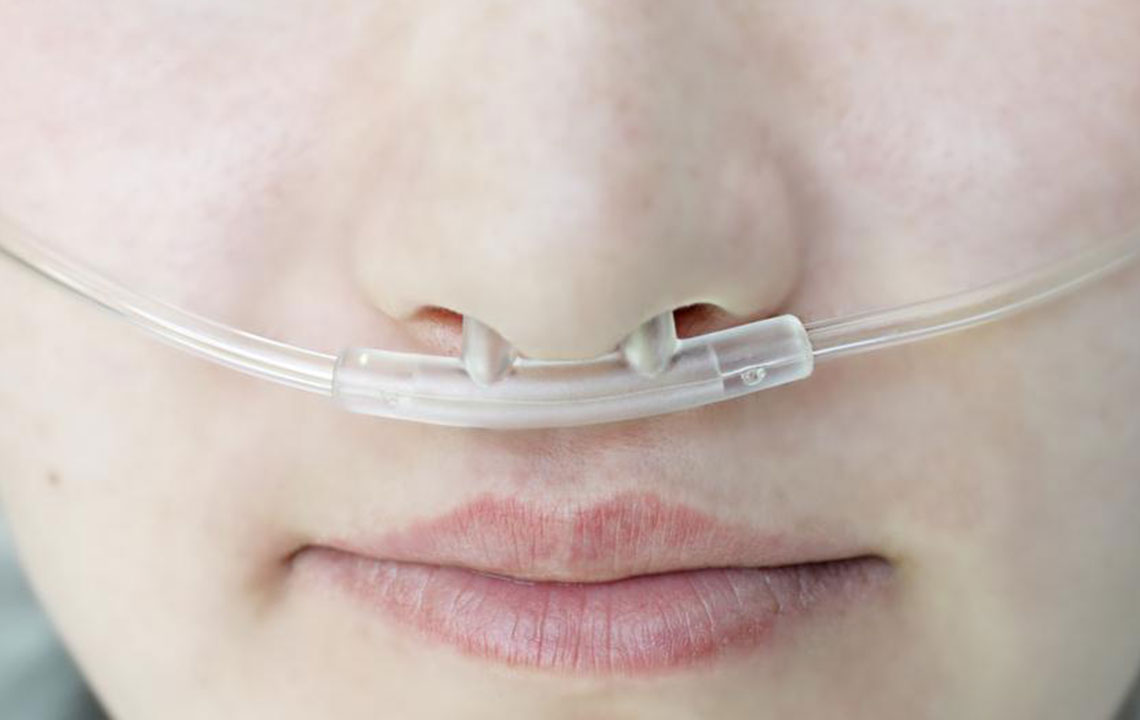Essential Insights into Pulmonary Fibrosis
Pulmonary fibrosis is a serious lung disease marked by scarring that hampers breathing. It can develop gradually or suddenly, with unknown causes being common. Risk factors include exposure to harmful dust and environmental toxins, particularly in high-risk industries. Early symptoms like dry cough and breathlessness should prompt medical attention to manage progression. While no cure exists yet, treatment options aim to slow deterioration and improve quality of life. Regular check-ups and a healthy lifestyle are essential for those affected. Learn more about this condition and available therapies through trusted healthcare sources.

Essential Insights into Pulmonary Fibrosis
Pulmonary fibrosis is a lung disorder characterized by the formation of scar tissue within the lungs, impairing breathing ability. The surrounding lung tissue becomes thickened and stiff, making it difficult to breathe normally. This condition, often called idiopathic pulmonary fibrosis due to unknown causes, can develop gradually or rapidly and may persist for long periods. The primary concern is the declining ability to breathe effectively, which impacts daily activities and overall health.
The tiny air sacs in the lungs, responsible for oxygen exchange, lose their function when they are damaged by scarring, leading to decreased oxygen absorption into the bloodstream.
This results in breathing difficulties, lung stiffness, and fatigue. Increased effort is needed to breathe, causing discomfort and shortness of breath during routine activities. Known risk factors include exposure to substances like asbestos, coal dust, and silica, common in industries such as mining and construction. Collagen, a vital protein in bones, skin, and tendons, is linked to vascular diseases that may trigger early signs of pulmonary fibrosis.
Medications and environmental exposures can also contribute to the development of this condition. Initial symptoms include a persistent dry cough and exertional breathing problems, which if left untreated, can worsen, leading to significant health issues and fatigue. While some individuals manage to live stable lives despite pulmonary fibrosis, most experience progressive symptom deterioration. Maintaining a healthy lifestyle and regular medical check-ups are crucial. Pulmonary fibrosis, especially idiopathic cases, is more prevalent in men over 50, with no definitive cure currently available. Treatment focuses on slowing disease progression and managing symptoms. For more comprehensive guidance, consulting specialized medical resources is recommended.










